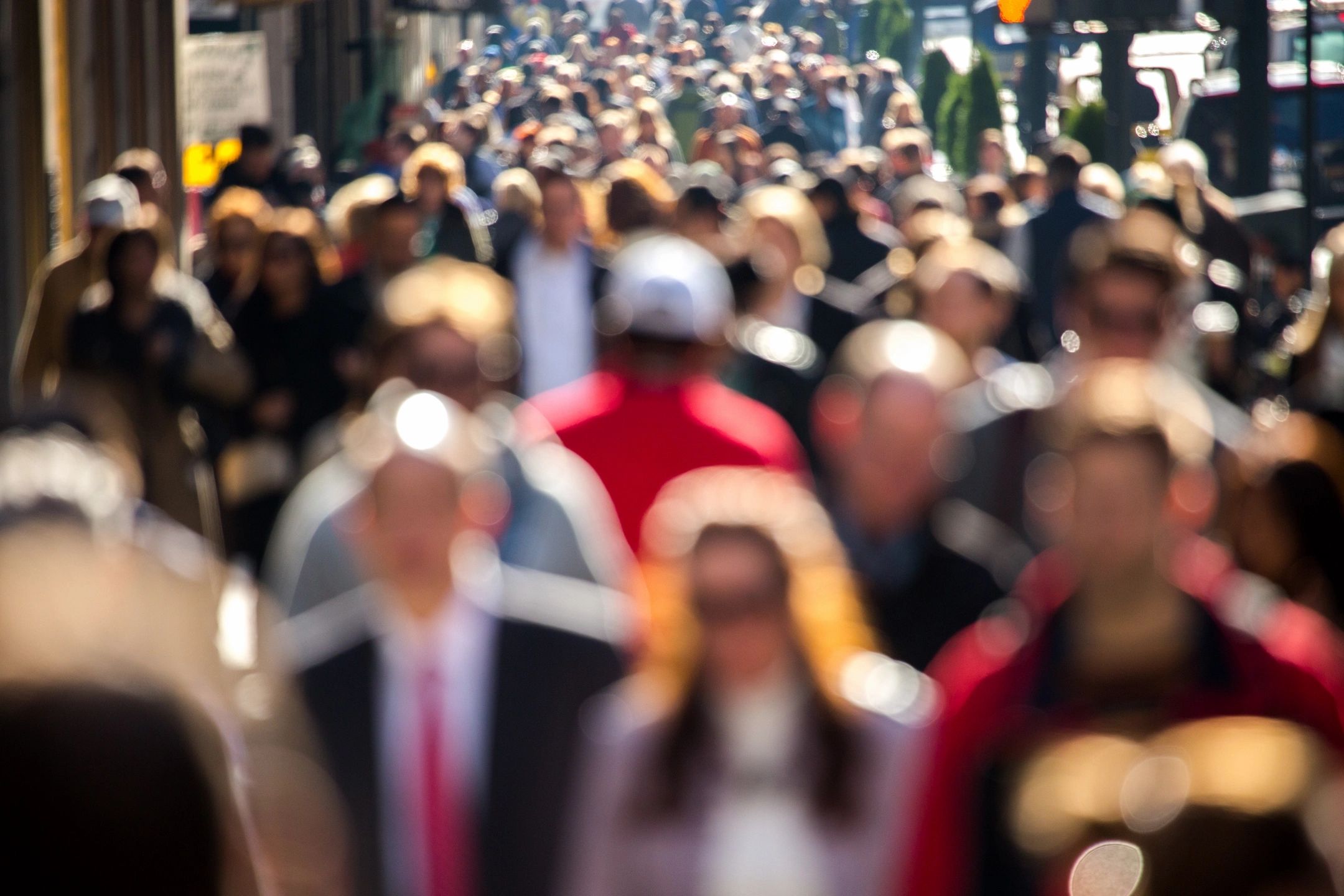Different Types of Bacteria That Your Shoes Bring Home

You may have wondered why most Asians leave their shoes outside their homes or remove them at the foyer of their homes just right after the entrance. Some Asian homes or hotels have small compartments in which you can keep your shoes before you enter. Some even provide indoor slippers for you to wear so you can leave your shoes outside. It could be cultural, yes, but the reason always boils down to hygiene–keeping the floors clean.
Science experts too have chimed in, backed by research, that one should never wear shoes in their homes. Just imagine where you went and what your shoes have stepped on. This is exactly why researchers supported the act of removing shoes outside the home–the bacteria that your shoes bring home are unimaginable.The act that you once may have thought of as cultural, may actually be a necessary hygienic practice.
Here are the different types of harmful bacteria that your shoes bring home and where you can get them from:
Escherichia Coli (E. Coli):
This is a common type of bacteria that is often seen as one of the culprits of food poisoning cases. It is found in our intestines and in the intestines of animals. The E. Coli bacteria lives on faeces , under cooked meat,unprocessed milk,vegetables contaminated with faeces. You ask, how can your shoes get contaminated with E. Coli? You might have made frequent visits to a public restroom that haven’t been cleaned thoroughly. Or, your shoes might have contact with an animal faecal material without you knowing it. So you just burst into your house with your shoes on and thus, dragging the E-Coli inside, contaminating your floors
Klebsiella pneumoniae:
This is a common-gut bacteria that often live in your intestines without causing any problem or infection. But, if this can infect other parts of your body especially if your immune system is low, it can pose potential danger. It can contaminate your blood, infect your brain, heart, skin and can also cause Urinary Tract Infection (UTI).One thing that you have to remember is that the K. Pneumonia strains have become very resistant to anti-biotics. Your shoes can contract this from hospital floors especially if you have gone to the intensive care unit.Much like the E. Coli bacteria, K. Pneumoniae can also be found in fecal matters
Serratia:
The Serratia has a couple of pathogenic species under it. The more common are Serratia Ficaria and Serratia Marcescens. This can cause respiratory, urinary tract or gastrointestinal infection. Also, it can affect the eye and can cause endophthalmitis, conjunctivitis and keratitis.This bacterium thrives in damp conditions. It is thus found in bathrooms, toilet bowls, showers, or laboratories.If you’ve been in one especially public ones, better disinfect your shoes before getting them in your home.
Staphylococcus Aureus
This is a major bacterial human pathogen that can be acquired in the community or in a hospital setting. What should be worth noting and be cautious of is the fact that Staphylococcus has different strains that are multi-drug resistant. Treatment and management, therefore, have become too challenging.This bacterium can cause skin infections which are manifested by blisters, swelling and redness. Not only can it infect your skin, it can also infect your bloodstream and other organs. There are cases ofit causing pneumonia, heart and bone infections.Your shoes can carry this bacterium especially if you are working in or are a frequent visitor of healthcare facilities. Food handling establishments and gym lockers are also those found contaminated with Staphylococcus Aureus. So if you’ve spent the day pacing in these places you might think twice before stepping in to your home with your shoes on.
Clostridium difficile:
This bacterium often called C. Diff is one that can cause diarrhea and infect your bowel movement.Or, in some extreme, life-threatening case, can cause inflammation of the colon. Those who are at most risk are older adults admitted in health care facilities after a round of antibiotic medications.Some people naturally carry the bacteria but don’t experience any ill effects.C. Diff is present in the environment–soil, water, air, human and animal faeces. It can also be found in food products such as processed meat. The spores from this bacterium are passed in faeces and can contaminate surfaces and objects. It can survive in a certain area or room for weeks or even months if not disinfected properly.As with the other types of bacteria in this list, public restrooms and healthcare facilities seem to be the breeding ground of bacteria. But since they are also present in soil and water, they could be any where you walk on.
Preventive Measures:
The list above does not tally all the possible bacteria or pathogens that your shoes can carry home with you. There are more but the main point here is you have to be cautious about bringing your shoes in,especially if you have infants or toddlers that crawl or play on your floor and try to put everything in their mouths out of curiosity.You can use disinfectants on your shoes to ensure that bacteria are washed away. Wash them thoroughly if you came in contact with contaminated surfaces. Use shoe covers especially when working in a highly contaminated area such as livestock facilities, hospitals and other establishments, to avoid cross contamination. Disinfect your floors regularly to help keep your family healthy. An easy way to prevent your shoes from bringing in those harmful bacteria is to remove them before coming in.Don’t ever forget to wash your hands too! That’s a basic.

One thought on “Different Types of Bacteria That Your Shoes Bring Home”
Comments are closed.